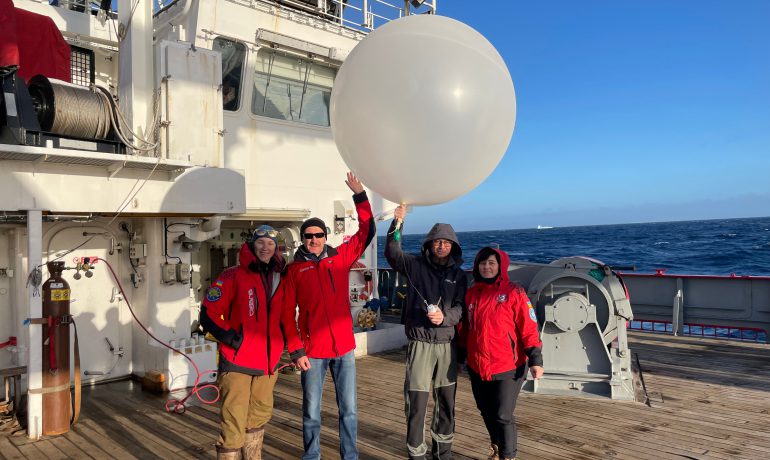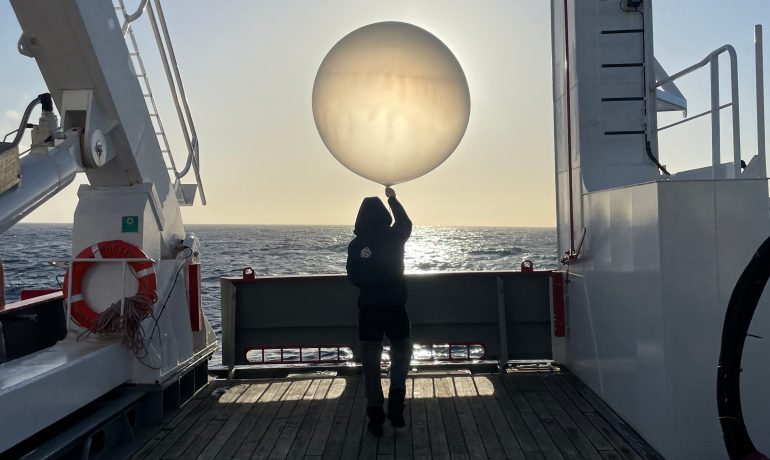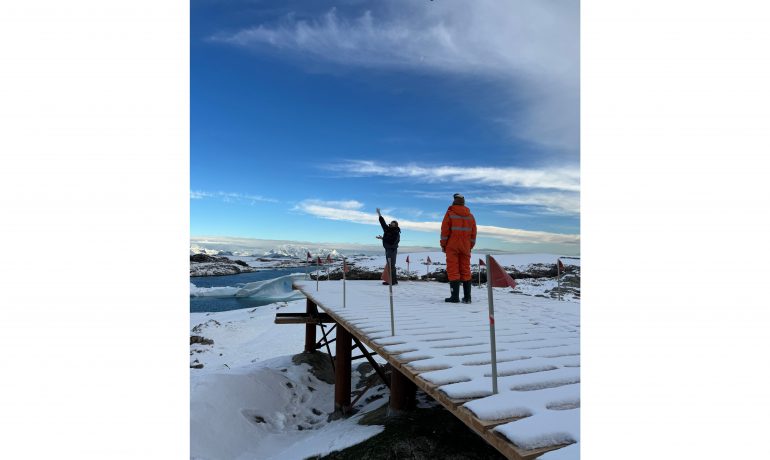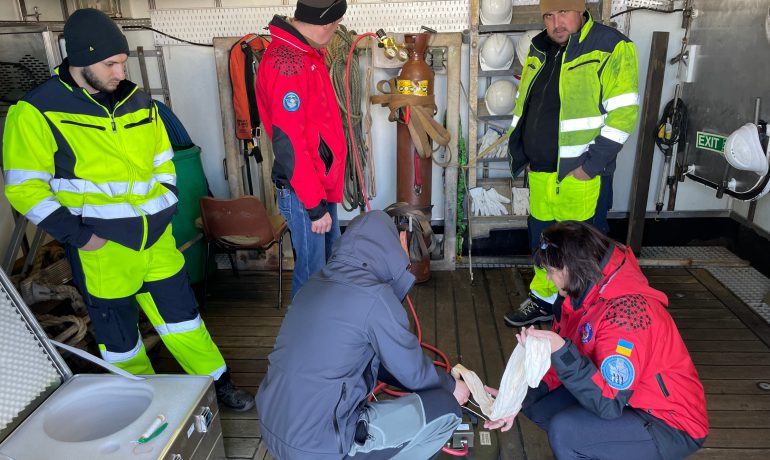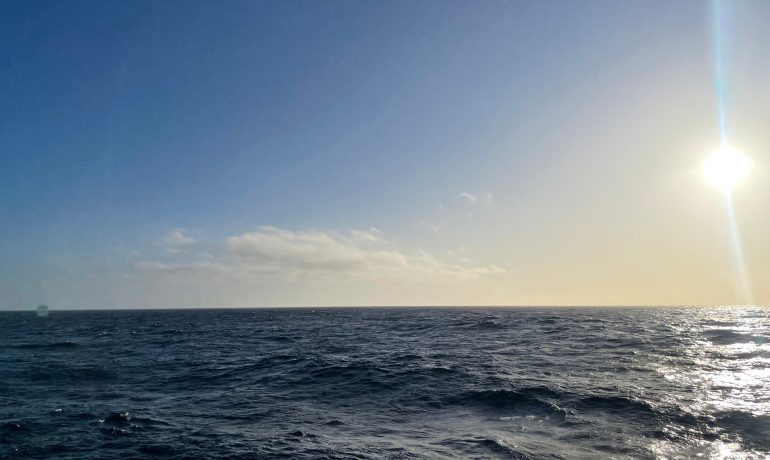Our meteorologists conducted a unique experiment — simultaneous launching of radiosondes from Vernadsky station and the RV Noosfera. This happened for the first time in the entire history of Ukrainian research in Antarctica.
We remind you that a radiosonde is a special device that rises in the air on a helium-filled balloon. Throughout its journey, it measures a number of parameters (temperature, humidity, etc.) and immediately transmits the data to the ground.
Such scanning at an altitude of up to 20 km provides the most accurate information for studying various processes in the atmosphere and forecasting weather. After all, near-surface monitoring (up to 2 meters) allows us to see only a part of what is happening in the atmosphere.
The simultaneous launch of probes at Vernadsky and the Noosfera, which was already 200 km away from the station, helped record how the weather is changing. This will allow scientists to learn more about how clouds and precipitation form in this area, as well as how this affects the ocean, sea ice, and glacier melt.
Our polar explorers conducted the experiment two days in a row, launching a total of 4 radiosondes. Scientists of the 30th UAE did this from Vernadsky, and participants of the 29th UAE and the seasonal team – from the Noosfera.
The author of the study, meteorologist Anastasiia Chygareva, noted: “Such parallel launches are important during weather changes, as well as when there occur processes that are interesting from the point of view of cloud formation and precipitation. In particular, cyclonic vortices and atmospheric fronts. With the help of radio sounding, we can better understand these processes and, accordingly, model them for the future.”
Watch the video to see how the coordinated launch of radiosondes was carried out.


